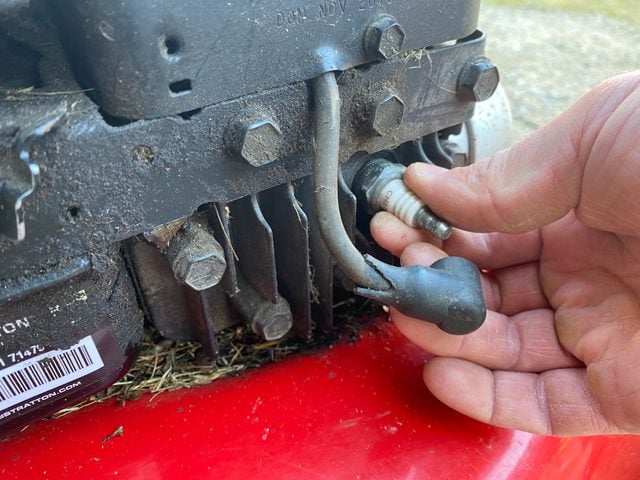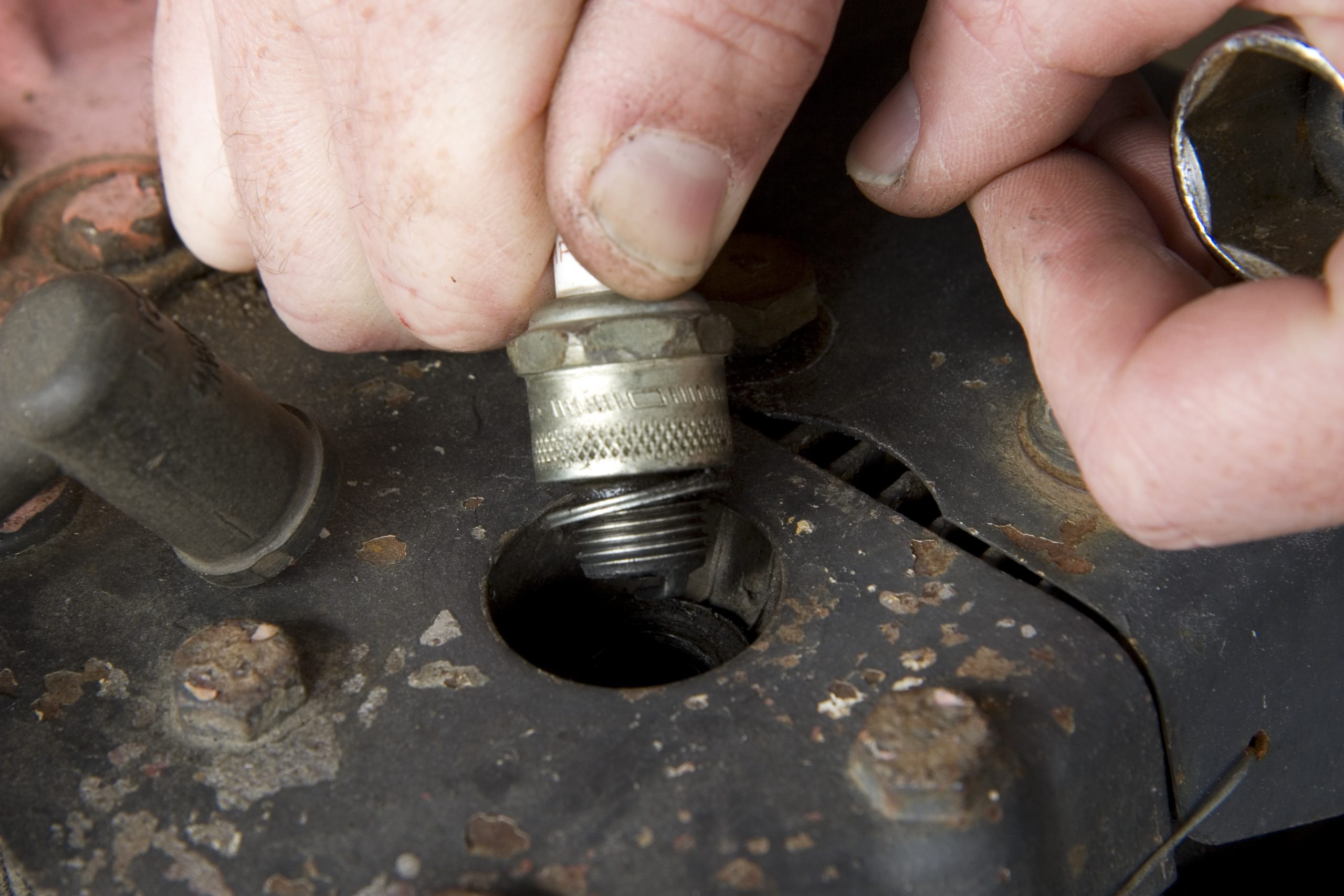When winterizing your lawn mower, spark plug inspection is an important step. Here's how to safely remove the spark plug from your lawn mower.
5 to 10 minutes
Beginner
$5–10
Introduction
Like all equipment with an internal combustion engine, a lawn mower needs regular maintenance to keep it working properly. One important step when winterizing a lawn mower is inspecting and changing the spark plug.
I once spent a couple of hours trying to get a dead lawn mower running. I tried everything I could think of, but forgot the cardinal rule of examining dead engines: Always check the spark plug. Turns out a new $5 plug and a couple of minutes to install it was all it needed.
Spark plugs are small, removable parts that use electricity to create sparks which ignite the fuel-air mixture, causing the combustion that makes engines run. Like many engine parts, spark plugs don't last forever and occasionally need to be cleaned or replaced. A great time for this is when you're winterizing your mower. Here's how to remove the spark plug from your mower.
Tools Required
- Owner's manual for your lawn mower
- Pliers
- Spark plug gap tool
- Spark plug wrench or socket wrench matching your mower's spark plug socket size
Materials Required
- Replacement spark plug of the right type for your lawn mower
- Small amount of engine oil
Project step-by-step (6)
Locate and Disconnect the Spark Plug Wire
- Start by searching for a small cylindrical metal object sticking out of the engine. Chances are it’ll be on one side. This is the spark plug.
- Look for a fairly thick wire at the end of the spark plug. It’ll probably be connected with a metal spring clip or a friction fit.
- If it’s a friction fit, gently pull the wire off the plug. Use pliers if it’s a spring clip.
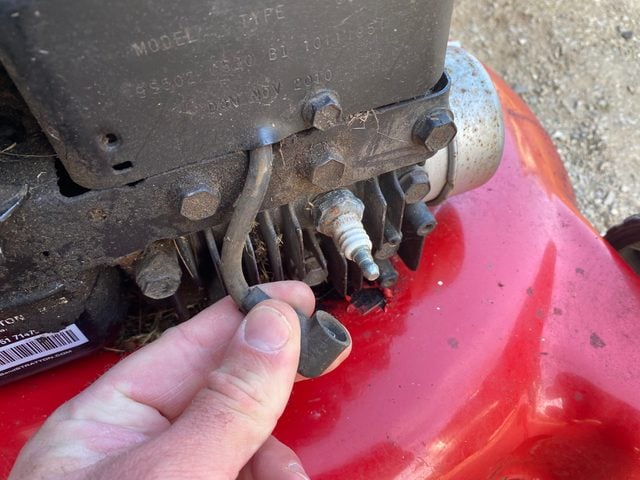
Remove the spark plug
- Ensure your spark plug wrench matches the size of your spark plug. If you don’t have a spark plug wrench, you can probably use a regular socket from a socket set as long as it fits over the spark plug.
- Gently turn the plug counterclockwise to loosen it. Be prepared to turn it quite a bit, because spark plugs often have long threaded sections.
- Carefully remove the spark plug from its threaded hole.
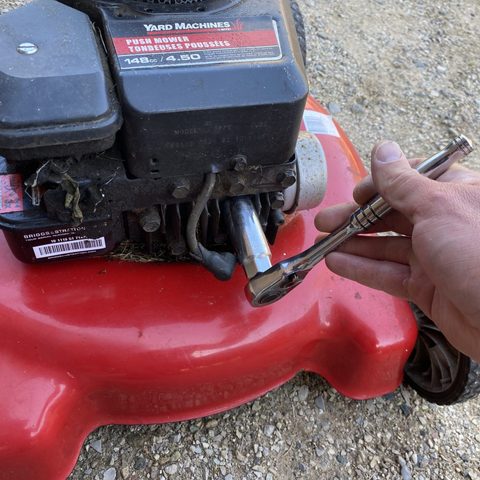
Determine if the Spark Plug Needs Cleaning or Replacement
- Examine the non-threaded end of the plug carefully. If it’s lightish gray, your plug is probably working fine. If you see any black carbon deposits or oily residue, it needs to be cleaned or replaced.
- New spark plugs only cost a few dollars, so I usually replace old ones rather than investing the time and trouble to clean them.
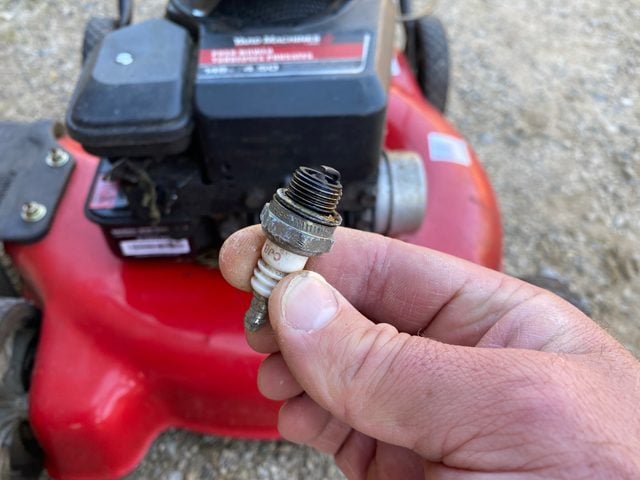
Lubricate the Mower Piston
- With the spark plug removed, dribble a few drops of engine oil into the hole it came from.
- I put some in a small metal oil can to make this step easier.
- Pull the starter cord a few times to cycle the piston. This will work the oil in around the piston, lubricating it and preventing corrosion.
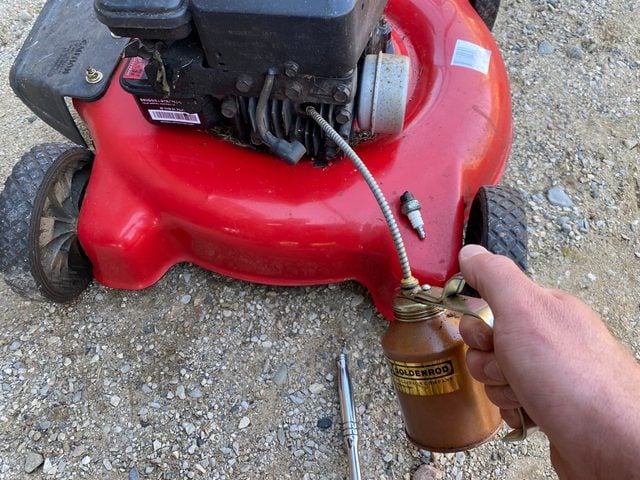
Inspect the New Spark Plug
- Check your owner’s manual for the specifications of the spark plug your mower needs.
- Inspect the protruding electrodes at the end of the new plug. Measure the gap between the center and side electrodes with a spark plug gapping tool and adjust this gap to your mower’s specifications if needed. Check the owner’s manual for the exact information.
- The spark plug gap for most modern lawn mowers is 0.02 or 0.03 inches.
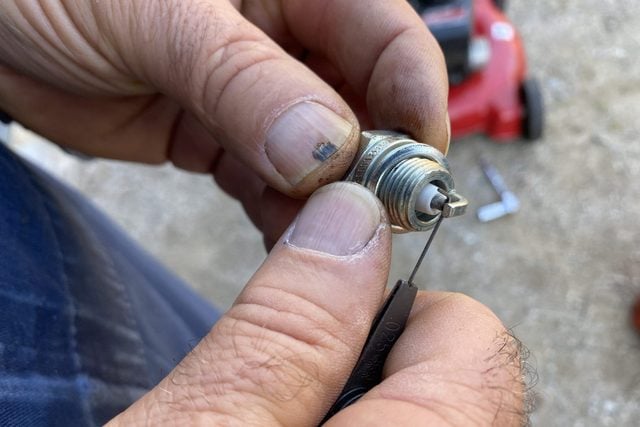
Install the New Spark Plug
- Thread your new spark plug into the hole with your fingers.
- With your spark plug wrench, gently tighten the new plug. Do not over-tighten it. Just make it snug.
- Attach the spark plug wire to the new plug.
- Start your mower to make sure it runs properly. If it doesn’t, then clean the air filter of your walk-behind mower.
